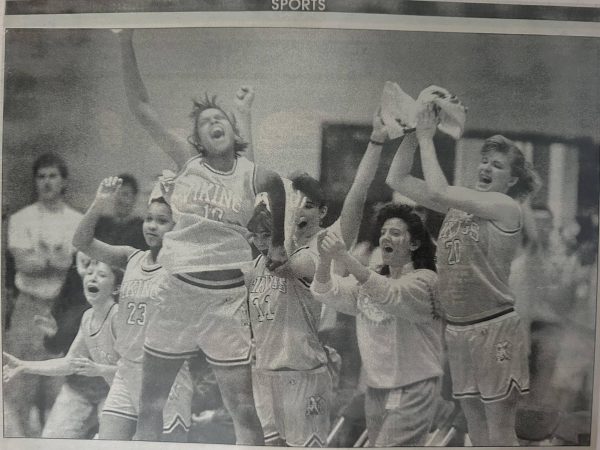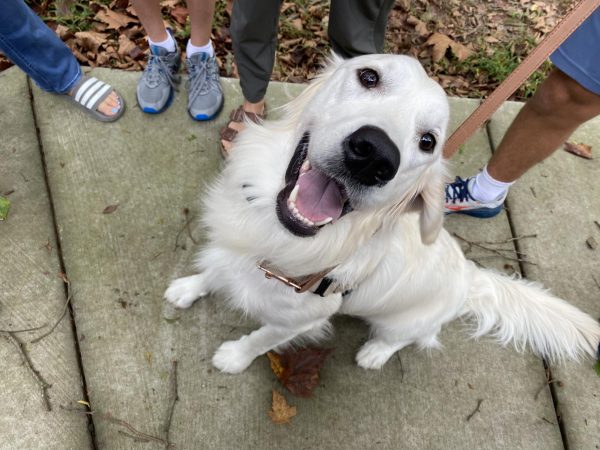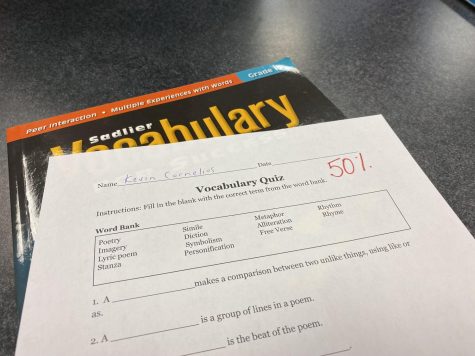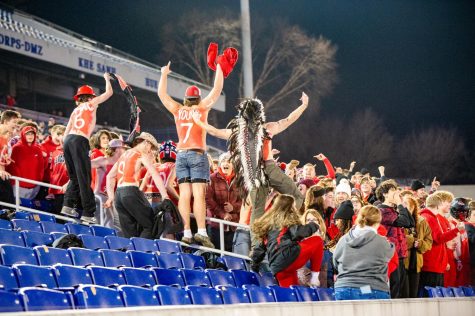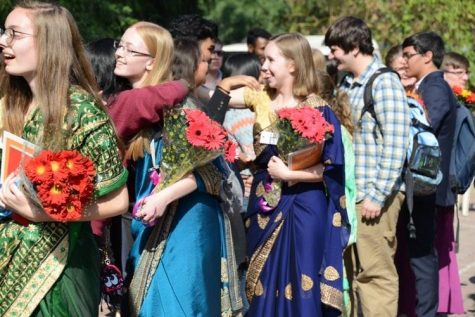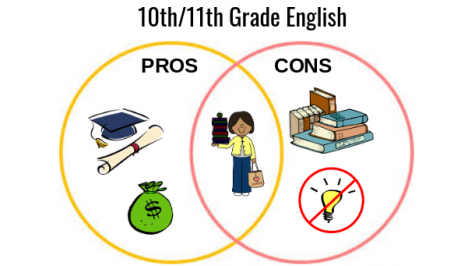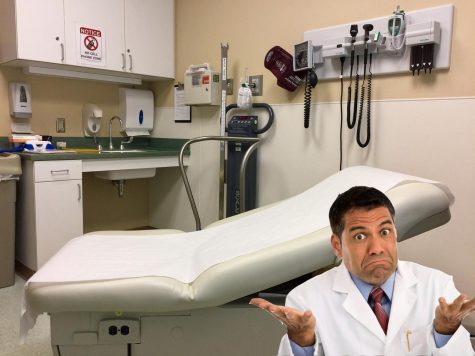Gifted education: Is it a gift?
Similar to the Star-Bellied Sneetches from Dr. Seuss’s classic story, the label of “gifted” segregates students.
EMILY’S EXPERIENCE:
For seven years of my educational experience, I spent my time playing with Tangrams, solving upside-down puzzles, and competing in trivia competitions. Rather than learning fractions or United States geography like my peers, my focus was on critical thinking, pattern recognition, and recalling information. My time in magnet and gifted education programs taught me many valuable skills that I have taken with me in my high school career.
RUBY’S EXPERIENCE:
I remember in fifth grade showing my teacher my writing. In elementary school I loved to write fictional stories. My teacher’s response was not what I would have expected. My teacher loved it. She even asked to show it to her husband. My strongest point in school has always been Language Arts. I was even put in Highly Accelerated Learners (HAL) for Language Arts in Middle School.
Ruby is a freshman, beginning her high school career, and I am a senior. While we are three years apart, we have shared experiences in gifted and accelerated learning programs. At this point, we have time and distance to reflect on how that enhanced program has shaped our current success.
While each of us has great memories and highlights, we are questioning if these programs are relevant in the age of blended learning. Additionally, with new technologies, most schools have gone digital with assignments and classwork. With a wider range of materials and increased flexibility, is it still necessary to have a separation among students with different learning levels?
The concept of gifted education programs is simple: to challenge and push the limits of children who appear to have above average learning capabilities. However, therein lies the problem. How does one accurately determine who is “gifted” and who is “average”?
In order to decide this, students are typically given a standardized test to see if their ability to analyze information and think critically is stronger than their peers. By testing and subsequently separating advanced students into different classes, a new set of challenges arises. Although students are pushed academically, they may fall behind socially. For the most part, gifted children don’t typically struggle to make relationships with their gifted peers, but the segregation influences the larger population.
Assistant Principal Andrew McWilliams, has personal experience with gifted programs. His son and daughter are both enrolled in FCPS’s magnet program and have had positive experiences.
However, he said, “I think that the transition from elementary school to middle school for many students is difficult, but in the case of the magnet students, they are going from being in a relatively self-contained class with very little change into a very different environment. It takes them from a comfortable environment to a very different situation with little to no transition period. I think socially, it is challenging.”
In addition to this, the label of “gifted” can at times be toxic to social development.
When maneuvering through peer relationships, some gifted children can be perceived by their peers as bossy or arrogant. Gifted children also tend to be more sensitive, making them prone to getting their feelings hurt by teasing, whether it be playful or not. Additionally, when students are isolated from peers in separate classes, it limits their social environment and can be a sort of culture shock when they are integrated back into regular classes in high school.
Pilar Carballo, a freshman who was in the magnet program throughout elementary school, said, “There were times when I didn’t like being a part of the program because it could sometimes get too difficult, and I also felt really secluded from the other classes. We would get made fun of a lot and some of my friends weren’t in the program. I was sad because I’d never get to be in the same class as them again.”
Meg Lee, Supervisor of FCPS’s Advanced Academics Department said, “I try, whenever possible, to eliminate labels. In FCPS, we don’t label anyone as “gifted.” Rather, we work to identify their needs and meet them. Giftedness can be very specific and is not a fixed trait, but can develop over time with exposure to new content and experiences, so the labels are not helpful.”
The main focus of gifted education programs is to not only challenge students academically, but to teach them to think critically and creatively. The learning environment is typically more fast paced, so when students are integrated back into high school classes with all different learning levels, it can be a difficult adjustment, especially when it comes to keeping these students interested and engaged. How can we continue to challenge gifted students in an integrated learning environment?
Lee said, “I have learned that being an advanced learner comes with its own unique challenges. All learners need to be supported and nurtured.”
For some gifted students, staying engaged can present a challenge.
Class of 2023 member Alex Kullgren, a member of the gifted program and HAL programs said, “I felt as if the only changes between elementary school and middle school were that the classes were more structured in middle school. I almost couldn’t function because it [the structure] was too boring.”
One solution we can offer is creating Individualized Education Plans not only for students who need extra help, but for students who require more challenging curriculum so that students are engaged and excited to learn. These students require slightly different assignments and activities that go deeper into the material and information, but the assignments must appeal to their needs without segregating gifted and regular children.
This puts a lot more responsibility on teachers to come up with separate education plans, which can be challenging. With these plans, a balance must be created between the amount of individual, separate work and the amount of time an advanced student spends integrated with their peers. Students work better and develop socially when they interact with students of all learning levels. However, in order for this to work, it’s important to recognize that advanced students, though they are typically at a different level than their peers, also learn at different paces.
Creating IEPs takes a lot of time and experimenting, but with the increase of digitized and blended learning, it opens up a new realm of options for learners.
If teachers can successfully navigate digital and blended learning with gifted and regular children in the same classroom, there is no purpose for segregation of these two groups.
Your donation will support the student journalists of Linganore High School. Your contribution will allow us to purchase camera/recording equipment and software. We hope to raise enough money to re-start a monthly printed issue of our paper.




